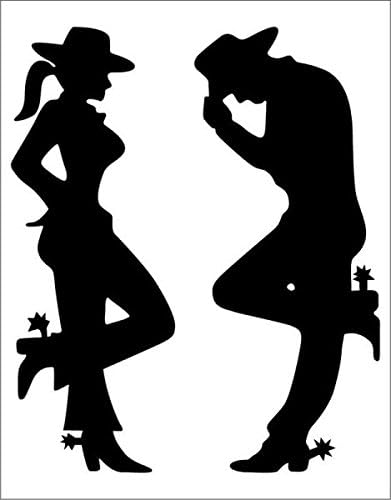- Home
- Social Studies
- Cowboys American History
Real Cowboys
Cowboys – true American folk heroes – were in reality hardworking cowhands who rode the open range during a brief period following the Civil War.

They were mostly young men, putting forth the stamina required. They endured months on the trail, hours in the saddle, bad food and meager pay. Cowboys were responsible for moving herds of cattle from Texas farther north to the plains, where the cattle would feed. The cowboys continued to herd the cattle to areas closer to railroad depots, usually in the state of Kansas, where they were sent to stockyards to be slaughtered and shipped east. In only two decades, almost 10 million cattle were moved across the grassy unfenced ranges of the West.
Although by 1890 the open range was gone, the myth of the cowboy as a romantic, independent figure on horseback was here to stay. It was greatly exaggerated in popular magazines and dime novels or by groups such as Buffalo Bill Cody’s “Wild West Show.”
The figure of legend was always white, but in fact many cowboys were Black or Mexican. Many of the words that we associate with cowboys are Spanish in origin, as, for example, lariat, the rawhide rope, from la reata. The traditional clothing – chaps and leather vests and hats – was useful rather than fashionable. And true cowboys rarely carried guns, which were considered too dangerous to have while working cattle.
Questions ~
- During what years did “cowboys” ride the open range?
- According to the text above, does the description of cowboys exclude women?
- Why would rail depots be more common in Kansas than in Texas?
- Which states would you include in the “unfenced ranges of the West”?
- Can you describe a “dime novel”?
- Who was Buffalo Bill?
- What other words, besides lariat, can you think of with a Spanish origin that are associated with cowboys?
Los vaqueros - verdaderos héroes populares de los Estados Unidos - eran en realidad peones laboriosos que cabalgaban a campo traviesa durante el breve periodo de los 20 años posteriores a la guerra civil.
Okay, so now I've put on some ads from Amazon - from which I may earn a few cents. (2025)



